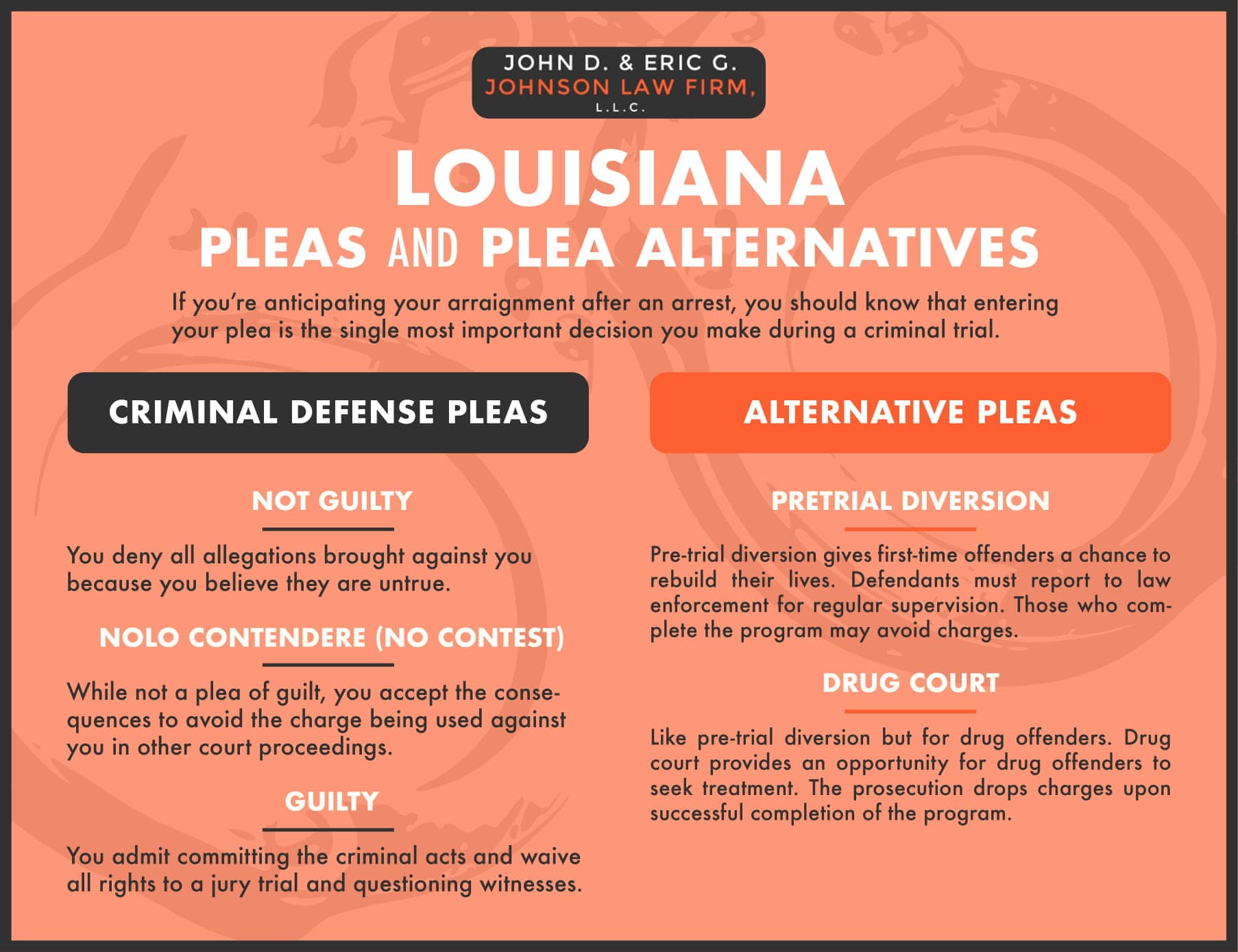An Overview Of The Criminal Test Process: A Detailed Step-By-Step Overview
An Overview Of The Criminal Test Process: A Detailed Step-By-Step Overview
Blog Article
Posted By-Ellis Therkildsen
When you step into a criminal trial, you might be surprised by the organized process that unfolds. Everything starts with court choice, where prospective jurors are looked at for prejudices via a technique called "voir dire." Afterwards, both sides provide their opening statements, setting the stage for the evidence and testimonies to comply with. You'll see just how the prosecution and protection develop their situations, however what occurs next can substantially influence the outcome. Recognizing these stages can disclose the intricacies of justice, yet there's more to discover about the critical moments that adhere to.
Jury Selection Refine
When it involves the court selection process, you're diving into a vital stage of a criminal trial. This procedure, frequently called "voir dire," entails wondering about possible jurors to guarantee they're unbiased and efficient in delivering a fair judgment.
You'll see both the prosecution and defense lawyer getting involved actively, each aiming to select jurors that straighten with their situation's story.
During voir dire, you'll notice that lawyers ask questions about jurors' histories, beliefs, and experiences. Their objective is to identify any pre-existing biases that can affect a juror's choice. As a juror, you may feel a mix of anxiousness and curiosity, yet your honesty is important.
After questioning, attorneys can test details jurors for cause if they think a juror can not continue to be objective. They can also make use of a limited variety of peremptory challenges to reject jurors without specifying a reason.
Test Phases Explained
The stages of a criminal trial play an important duty in guaranteeing a reasonable and organized procedure.
You'll initially experience the opening statements, where both the prosecution and protection detail their cases. This establishes the stage for what's ahead.
Next off, the prosecution provides its proof and witnesses, intending to show the defendant's shame beyond a reasonable question. You'll see direct examination complied with by interrogation, enabling both sides to test the presented info.
After the prosecution relaxes its instance, it's the protection's turn. They'll provide their proof and witnesses, usually concentrating on creating reasonable question. You'll discover that the defense does not need to confirm virtue; they simply need to test the prosecution's situation.
Once both sides have presented their debates, you'll listen to shutting declarations, where each party summarizes their case. This is important as it strengthens their settings before the jury ponders.
Throughout these stages, the judge guarantees that the trial sticks to legal standards which the legal rights of both events are shielded.
Comprehending these phases will certainly aid you appreciate the complexities associated with a criminal trial and the value of each action in the quest of justice.
Verdict and Sentencing
Nevertheless evidence has existed and arguments made, the jury or court provides a judgment, identifying the offender's shame or innocence. If you belong to the jury, you'll ponder with your fellow jurors, reviewing the evidence and your perceptions. This procedure can require time, as you'll wish to make sure every person agrees on the verdict based upon the realities.
As soon as a verdict is gotten to, it's announced in court. If the accused is found guilty, the following phase is punishing. This is when the judge makes a decision the appropriate penalty. You might discover that different variables affect the sentence, such as the extent of the criminal offense, the accused's previous document, and any mitigating scenarios.
The judge might impose a series of sentences, from penalties and social work to jail time. In some cases, the defense or prosecution can offer arguments pertaining to sentencing, attempting to sway the court's decision.
If the accused is found not guilty, they're acquitted, and no penalty adheres to. Keep in mind that a guilty judgment can often cause charms, where the offender might challenge the verdict or the sentence enforced.
Conclusion
In a criminal test, you've seen just how critical each step is, from court option to the final verdict. You've followed the prosecution and protection as they build their situations, aiming to persuade the jury. As soon as deliberation wraps up, the judgment figures out the result, and if the offender is found guilty, the sentencing phase begins. Understanding these procedures assists you value the intricacies of the justice system and the importance of each duty in ensuring a fair trial.
